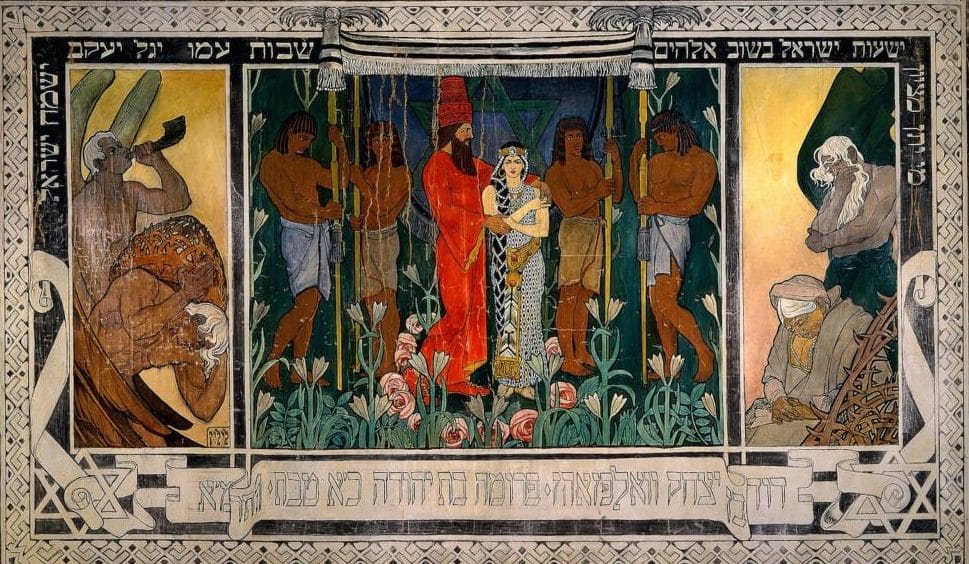- The buried pillars of Gobekli Tepe
- The earliest long barrows of Europe built over houses
- The internal rooms and/or grottos under pyramids
I hate to say this – considering I am striving for new ideas and insights – but these all seem to revolve around commemorating and memorialising ritual spaces.
Now, given that rooms and actual homes could just be where someone lived, and the person therefore could be the key – you then have to ask what was special about that person. If they could be using a room, a simple house, a cave… that doesn’t sound like royalty and wealth. So it is suggesting to me that they were shamans or similar.
Linking such structures to an individual person, helps make sense of why things suddenly ended or changed. Instead of major externalities like climate and war, we can now simply say that someone important, in fact the key figure, died.
Of course it is moire complicated than that. Some places were used for hundreds or thousands of years, so that means a sequence of people occupying the same role. So while the end can be related to the death of an individual, we have to question why they were not replaced.
In most cultures, the lack of a genetic heir never stops such a sequence from continuing. And if the shaman suddenly was of no value to their people, why memorialise them?
Here’s an idea – the shamans were supplied from elsewhere. From another people, from far away. The mysterious elders situated representatives at strategic locations. The locals saw them as a gift of knowledge. The shaman’s role was to initiate and breed religion. The shaman’s people were also interested in trade relations.
The memorialising is a harder concept to get guessing about.
Possibly it was the end goal – get a village or town or culture to dutifully put immense effort into a major construction. Culminating in – after millennia of practise – with the pyramids.
Possibly it was built into the religion. Most generations simply participated in rituals that took up a little time and something sacrificial. But they all knew that one day, when the last shaman left, they had a big job to do. Possibly it was to convince the gods to send them a new shaman. Possibly the new structure became the focus of new, bigger rituals. And without the encouragement of a shaman, without the knowledge they provided, the new rituals didn’t last long.
I’m envisaging a resident shaman who also went away for many months of the year – back home but perhaps nominally on a mystical quest. I’m thinking the shaman had regular visitors, other “shamans” who were simply traders maintaining their network. Possibly they required offerings that happened to be tradable goods. Possibly the supply of shamans ran out when the supply of goods dried up.
Possibly there was an extra dimension holding all of this together, the shaman supplying more than ritual and knowledge. They may have supplied the locals with drugs.
